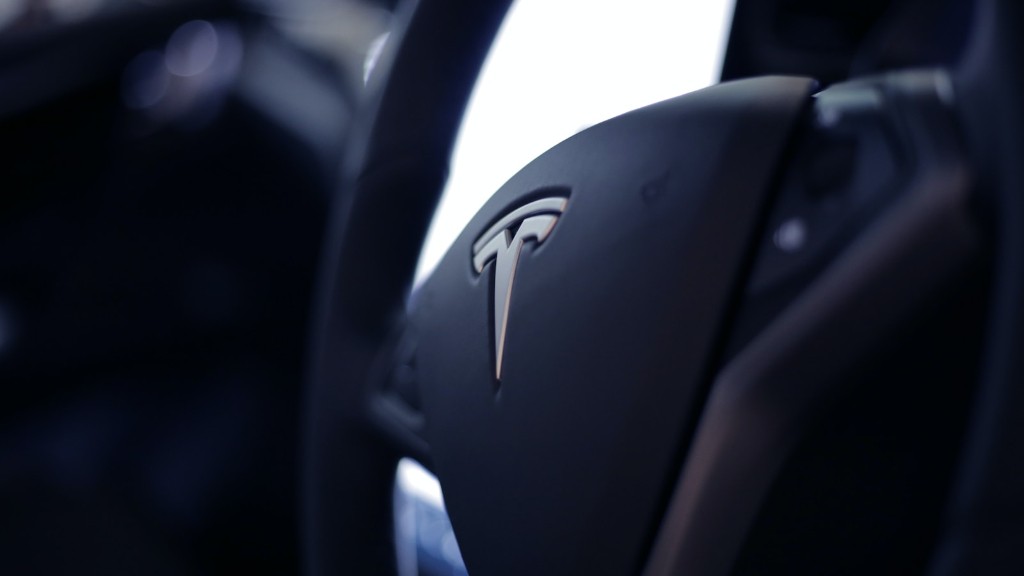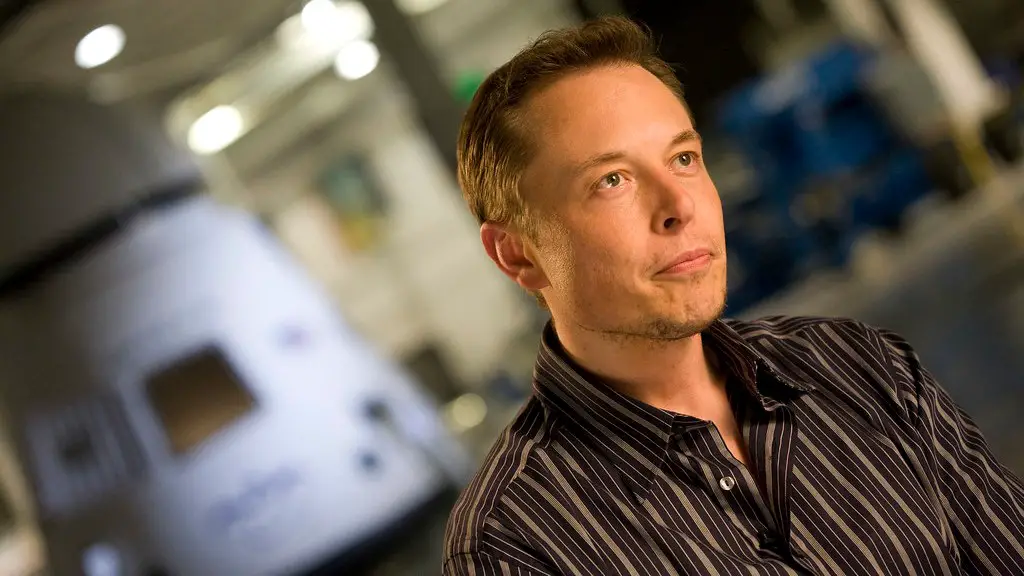Elon Musk’s Hyperloop is an ultra-high-speed transit system that could revolutionize the way people move around the world. The concept comprises of a network of vacuum tubes in which passengers travel in levitating passenger pods that could travel at speeds of up to 760 miles per hour. The idea for Hyperloop was first proposed by Musk in 2012, and since then has been a source of interest amongst the transportation sector, entrepreneurs and governments.
Many experts from the engineering, technology and transportation industries have been looking into Hyperloop and how it could shape the world’s transportation landscape. Elon Musk has described his idea with a number of metaphors—comparing it to an “air hockey table” or a “cross between a Concorde, a railgun and an air hockey table”—that help give an idea of the kind of speeds the technology could reach. Scientists, on the other hand, have compared it to maglev technology due both its levitation capabilities, as well as potential speeds.
The most immediately appealing aspect of Hyperloop is arguably its speed. It’s estimated that the technology could cut travel times drastically. For example, the journey time between Los Angeles and San Francisco could be reduced from around six hours to a mere 30 minutes. The technology also allows for the potential to reduce the cost of traveling; as Hyperloop relies less on fuel, the overall cost could be significantly lower than air travel or traditional rail travel.
Another advantage of Hyperloop is the fact that it can operate autonomously. Autonomous transport would give passengers the ability to choose exactly when, and where, they want to travel. This would not only provide passengers with more freedom to plan their journeys, but would also enable the Hyperloop network to operate 24/7.
Most experts agree that the biggest challenge in making Hyperloop a reality is the major financial costs required to construct and maintain the system. A number of companies have already started to work on this challenge, both in terms of developing a technological and regulatory infrastructure that would allow Hyperloop to flourish. Additionally, private companies have started to draw up plans to construct test systems in order to demonstrate the viability of the technology.
While the pros and cons of Hyperloop can and will be discussed in the coming years, one cannot deny the potential of the technology. Hyperloop could be a revolutionary way for people to get around, and could drastically reduce the amount of time it takes to travel between locations. The challenge, of course, is to make it a reality.
Financial Considerations
The potential introduction of Hyperloop would mean a need for some serious planning in terms of finances. This would include the costs of construction and maintenance as well as research and design. It has even been suggested that passengers should get subsidies to help make Hyperloop travel more accessible and affordable, a position supported by experts such as Musk.
In terms of the cost of construction and maintenance, the financial burden will fall mainly on the companies and investors involved in the project. Furthermore, potential government support would need to be discussed in order to make Hyperloop a viable transportation option.
The design of the Hyperloop system is key to its success and financial considerations must factor this in. This includes factors such as the uncertainty of the costs of materials and labour, as well as the long-term effects of construction such as noise pollution and disruption.
Overall, it is clear that the cost of introducing Hyperloop would be significant, however, some experts have questioned if this would be a good investment in the long term. Currently, it is impossible to know for sure, however, it is likely that the potential for long-term cost savings and efficiency could outweigh the initial financial outlay.
Environmental Impact
The environmental impacts of Hyperloop must be considered, as the technology has potential to not only revolutionize transportation, but be more environmentally friendly than current methods. It has been suggested that the main environmental benefits arise from the potential reduction in fuel consumption, which typically makes air travel and traditional rail travel highly polluting.
The levitation system used in Hyperloop may also reduce the drag and vibration it produces, compared to traditional forms of transportation. This could theoretically reduce the amount of energy consumed and noise produced by the Hyperloop network.
The introduction of autonomous Hyperloop pods could also reduce energy consumption. Autonomous transport systems would use sensors and digital maps to plan the quickest, most efficient and safest route for passengers. This could help reduce congestion on roads and aerial paths, which would reduce emissions.
In addition to the potential environmental benefits, the introduction of Hyperloop would be safer than some other forms of transport. SpaceX, the company developing Hyperloop, is planning to conduct metal-to-metal brakes and other safety systems, as well as extensive testing. This sense of security may result in more passengers switching to Hyperloop.
Overall, the potential environmental benefits of Hyperloop are encouraging. However, more research must be conducted in order to determine the true environmental impact of the technology.
Benefits for the Future
Looking to the future, Hyperloop could have a number of benefits. One potential use is the potential application of Hyperloop technology to the movement of goods and materials. This could reduce the time needed to transport essential items to remote places quickly, increasing surge capacity in areas that may become overwhelmed in terms of infrastructure.
Another possible use for Hyperloop is for long-distance transportation. Long distance travel currently involves many forms of transportation, with air travel being the most popular. However, Hyperloop technology could offer a faster and more efficient method, potentially revolutionizing the way people travel in the future.
The potential for Hyperloop technology to solve many of the problems of today is vast. From providing safer transportation, to reducing the cost of long-distance travel, it could offer solutions to a range of issues. In order for this to be possible, however, Hyperloop must first be made a reality.
Most experts agree that the introduction of Hyperloop is a long way off, but its potential has undoubtedly excited many. After all, a transportation system that could easily reduce the amount of time it takes to travel between cities is an exciting prospect.
Regulatory Impact
The introduction of Hyperloop may also have a significant effect on regulatory laws. For example, in many countries laws related to the safety of travel are heavily regulated. In order for Hyperloop to be introduced, these laws must be tweaked in order to ensure the safety of passengers.
Another regulatory issue that needs to be discussed is the control of Hyperloop. For example, who would regulate the speed of the pods? What happens in the event of an emergency? These are all questions that must be answered in order for the introduction of Hyperloop to become a reality.
Furthermore, the regulatory framework will need to center around the creation of standards and regulations that apply to the whole global Hyperloop system. This will involve putting in place measures to ensure privacy, as well as a system of checks that prevent the technology from being abused.
It is clear that the introduction of Hyperloop must consider not only the technical, but also the regulatory implications. It is likely that before Hyperloop can be made a reality, governments and other regulatory bodies must be on board to create a framework for its introduction.
Political Impact
The introduction of Hyperloop could also have some political implications. This includes the potential to potentially redefine the way countries are connected. As Hyperloop offers a revolutionary new method of transportation, it could enable countries to become closer and open up travel to new regions.
Hyperloop could also have an effect on government financial policy, as well as global business strategy. For example, if seen as a viable and beneficial option, governments could earmark funds in order to facilitate the introduction of Hyperloop. This could in turn have an effect on the location of certain businesses, and ultimately in the way certain markets are structured.
The introduction of Hyperloop could also have a political effect in terms of global trade and the way countries are connected. This could be in terms of both direct trade between countries but also the way the transportation of goods is conducted in the future.
Overall, the potential political implications of Hyperloop are vast. It is therefore necessary to not only consider the technical aspects of the technology, but also its wider implications in terms of how countries operate, both internally and externally.




